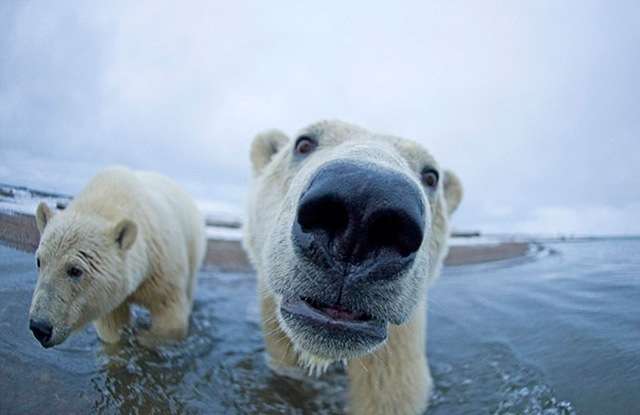On February 19, 1986, a ban on commercial whaling came into effect, making February 19 known to many as World Marine Mammal Protection Day. Although marine life and this event are also associated with July 23 because that was the day the ban was voted on. One way or another, many sea creatures were finally protected from commercial prey. These animals are just like humans – they breathe with their lungs, not with their gills, in infancy they are fed with milk and try not to lose sight of their mother, and the cleverness of some makes you start to doubt the Darwinian theory and the idea that humans are the most beautiful and intelligent. Surprisingly, despite the fact that whales, dolphins, are born in the water, they, like humans, can not stay underwater for long, during active swimming, they dive for another gulp of air every 12 to 15 minutes. Marine mammals are born underwater, after which they are capable of independent movement. It is hard to imagine how the mother of a blue whale, the largest whale in the world, pushes a newly born baby whale weighing three tons and 8 meters long. Next to such a buddy, even if you are used to being the tallest and strongest in class, you will definitely reconsider your ideas about size. However, the young whale’s body proportions are just like an adult, which does not prevent him from moving freely following his mother and periodically drinking milk. By the way, the fat content of cow’s milk at home is 3.7-5.2%, which seems unusual for many people, because you can find milk with fat content of 2.5% and even 1% in the supermarkets. And even sour cream and cream in rare cases with a fat content of 20% or more. You will be surprised to learn that of all mammals, whales and seals have the fattest milk, reaching over 50%. With such nutritious feeding, whale calves increase their weight by 90 kilograms every day. Whale fat is very useful not only in milk, but also in the body itself, because it helps not to freeze in cold waters. But unfortunately, whales cannot experience the full flavor of this milk, because in the course of evolution they have only the taste receptor, which is responsible for salty things. Whales also have poor eyesight, but they have very good hearing. They are able to distinguish sounds ranging from muffled noises to ultrasonic frequencies. They have this ability because of the complex anatomy of the inner ear. This ability helps whales communicate over long distances, but it also greatly affects their lives. Thus, the anthropogenic impact, which is characterized by various noises, does not allow the whales to swim far away from each other. To preserve the possibility of communication, they, according to the magazine “Around the World,” can not get farther away from each other than 10 miles. According to the Geographic Society, marine mammals can be both predatory and herbivorous. Manatees, for example, are herbivorous mammals, they eat algae, while dolphins and killer whales are predators and eat mostly fish. The killer whale is considered the most dangerous and fastest marine mammal, in addition to fish, some orcas can also attack other whales, hence their other name – “killer whale”. And dolphins, despite the fact that they are also predators, are very friendly, including to humans, so they often initiate their own communication.






